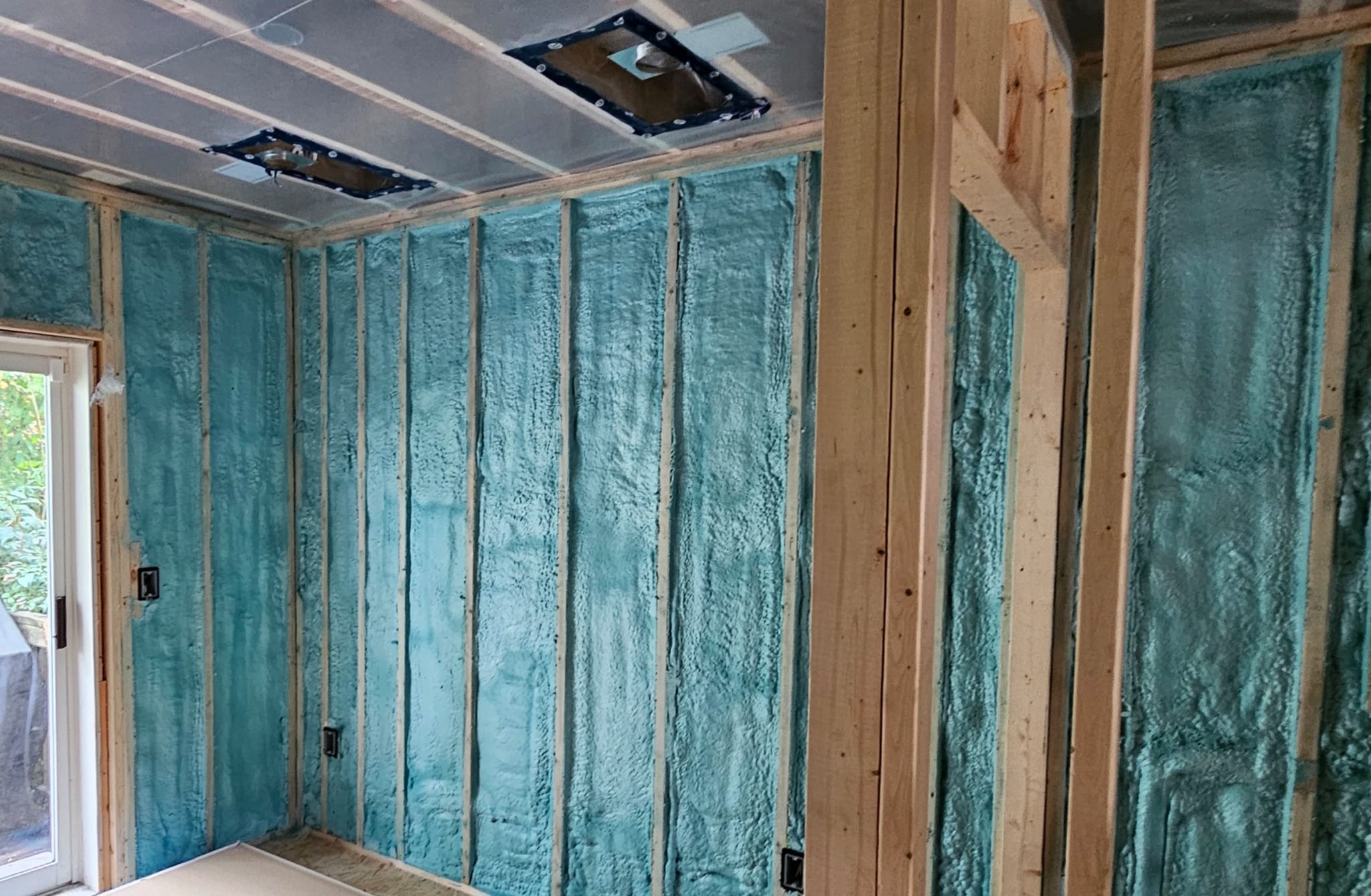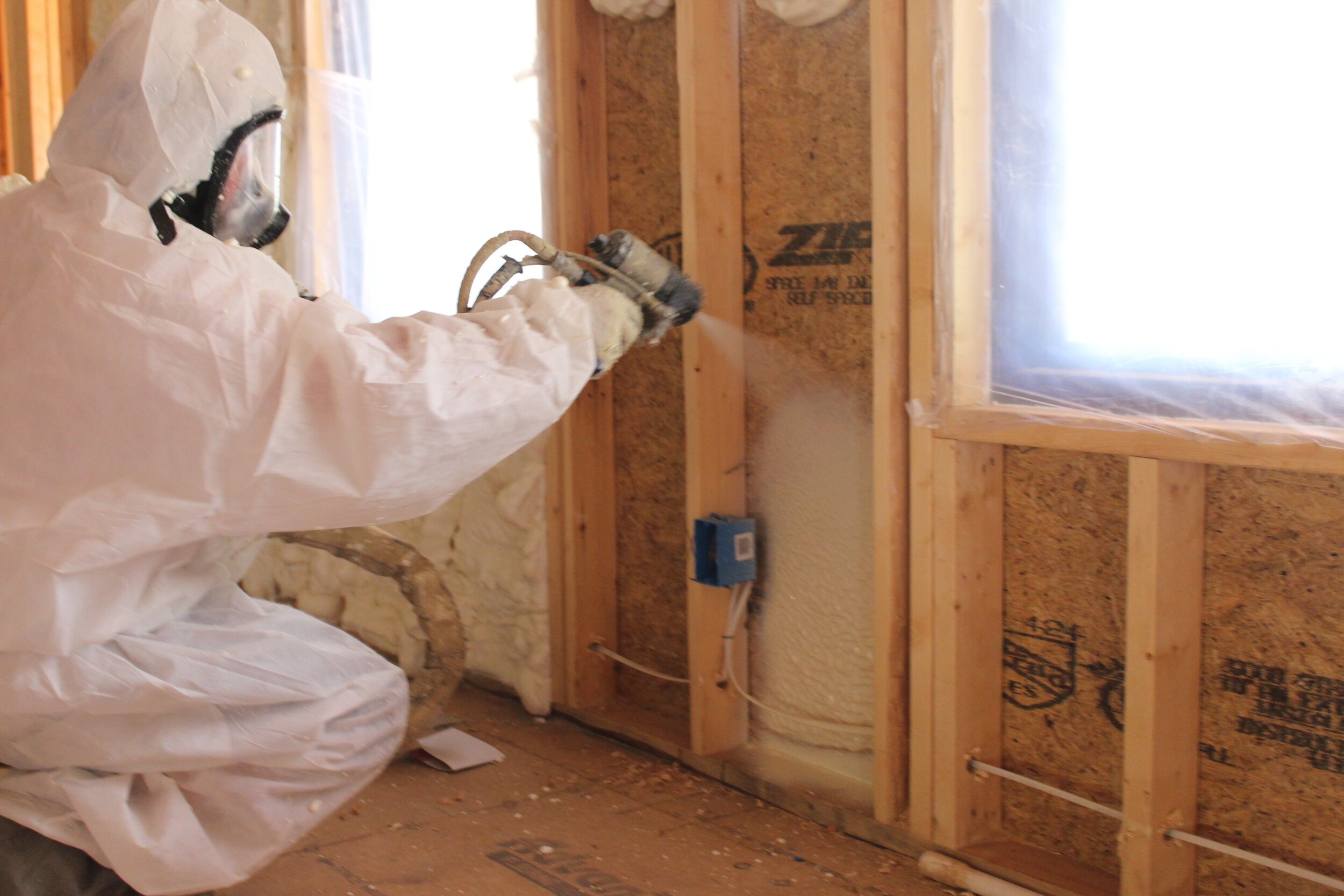Energy-efficient insulation solutions reduce heat transfer, lower utility costs, and improve indoor comfort for both residential and commercial spaces. By selecting appropriate insulation based on building type, climate, and structure, property owners can significantly reduce heating and cooling demands.
This guide outlines the most effective insulation options, compares their performance, and presents key data in clear tables. Readers will understand how each material functions and what factors to consider when choosing the right insulation.
Benefits of Energy-Efficient Insulation
Well-chosen insulation can cut heating and cooling energy usage by up to 40% in both homes and businesses. These solutions directly impact:
- Interior temperature control
- Operating cost savings
- Moisture and noise control
- Carbon footprint reduction

Types of Energy-Efficient Insulation
Each insulation material offers different strengths, applications, and performance levels.
Comparison Table of Insulation Options
Insulation Type
R-Value per Inch
Suitable for
Air Sealing
Fire Resistance
Moisture Resistance
Lifespan (Years)
Typical Cost (per sq. ft.)
Closed-Cell Spray Foam
6.0–7.0
Walls, roofs, crawlspaces
Excellent
High
High
30–50
$3.00–$6.50
Open-Cell Spray Foam
3.5–3.8
Interior walls, ceilings
High
Moderate
Moderate
20–30
$1.50–$3.00
Mineral Wool
3.0–3.3
Walls, floors, ceilings
Moderate
Excellent
High
30–50
$1.00–$2.50
Cellulose (Dense-Pack)
3.2–3.8
Retrofit walls, attics
Moderate
Treated (Moderate)
Moderate
20–30
$1.00–$2.00
Rigid Foam Boards
4.5–6.5
Exterior walls, foundations
Low to Moderate
Varies
Moderate
40–60
$1.50–$3.00
Fiberglass Batts
2.9–3.8
Stud wall cavities
Low
Moderate
Low
10–25
$0.50–$1.50
Bonus Tip: For high-performance commercial applications, combine spray foam with rigid board insulation for superior thermal resistance and air sealing.
Technical Performance and Material Data
Technical Term
Definition
R-Value
Measures thermal resistance. Higher R-values reduce heat transfer.
U-Factor
The rate of heat flow. Lower values indicate better insulation performance.
Air Leakage Rate
The volume of air infiltration. Lower leakage improves energy efficiency.
Vapor Permeability
The ability to allow moisture vapor through. Important in humid climates.
Fire Rating
Defines flame spread resistance based on ASTM or NFPA standards.

Applications for Homes vs Businesses
Residential Use
- Retrofit projects often use blown-in cellulose or fiberglass.
- New homes benefit from spray foam or hybrid assemblies combining batts and foam.
- High R-values in attics and wall assemblies reduce HVAC cycling.
Commercial Use
- Larger buildings require continuous insulation (CI) strategies.
- Fire and acoustic ratings are often more stringent.
- Energy codes (e.g., ASHRAE 90.1) influence material choice.
Bonus Tip: Commercial buildings in mixed-use zones should prioritize continuous exterior insulation to minimize thermal bridging.
Market Data and Industry Trends
- According to the U.S. Energy Information Administration (2023), 56% of energy used in buildings goes to space heating and cooling.
- The global insulation market is expected to exceed $80 billion by 2030, driven by demand for high-efficiency retrofits and sustainable construction materials.
Things to Consider Before Making a Decision
Building Age and Structure
Older homes or commercial buildings may have outdated framing or poor cavity access. This affects installation type and costs.
Local Climate and Weather
- Cold climates require high R-value materials in exterior walls and attics.
- Warm climates benefit from materials that resist radiant heat and manage moisture effectively.
Code Compliance
- Residential and commercial buildings must meet local energy codes (e.g., IECC).
- Insulation values must align with designated climate zones and air tightness standards.
Installation Accessibility
- Blown-in and spray foam insulation are suitable for hard-to-reach cavities.
- Rigid foam is ideal for exposed foundations or flat roofs.
Budget Constraints
- Long-term energy savings can offset higher upfront costs.
- Fiberglass and cellulose are more affordable but require careful installation to avoid air leakage.
Common Questions About Insulation Solutions
What’s the most energy-efficient insulation?
Closed-cell spray foam delivers the highest R-value and air sealing in a single material. However, it comes at a higher cost and may not be necessary in mild climates.
Can I add insulation to existing walls?
Yes. Dense-pack cellulose and injection foam are commonly used for retrofit projects without removing drywall.
Is moisture a concern with insulation?
Yes. In humid or coastal regions, choose vapor-permeable or mold-resistant materials like mineral wool or closed-cell spray foam.
How much insulation do I need?
The recommended R-value varies by climate. For example:
- Attics: R-38 to R-60
- Walls: R-13 to R-21
- Floors over crawlspaces: R-19 to R-30
Energy-Efficient Insulation Solutions for Homes and Businesses FAQ
How can I tell if my building is under-insulated?
Drafts, uneven temperatures, high energy bills, and ice dams (in cold climates) are all signs of inadequate insulation.
What is continuous insulation?
Continuous insulation (CI) involves adding a thermal layer over wall studs to eliminate thermal bridging. Common in commercial buildings and high-efficiency homes.
Are there eco-friendly insulation options?
Yes. Cellulose (recycled paper) and mineral wool (recycled slag/stone) are sustainable and offer excellent performance.
How does insulation affect HVAC sizing?
Better insulation reduces heating and cooling demand, allowing for smaller and more efficient HVAC systems.
Should insulation be installed by professionals?
Yes, especially for spray foam and dense-pack methods. Incorrect installation can trap moisture or leave thermal gaps.
Make the Right Decision
Energy-efficient insulation improves building performance, reduces operational costs, and supports sustainability goals. Material choice depends on structure type, local climate, and long-term priorities. Always weigh performance, installation complexity, and cost against your building’s specific needs.
Evaluate insulation not just as a material, but as part of an integrated energy system. Combine it with air sealing, proper ventilation, and efficient HVAC design to achieve the best results for homes and businesses alike.




Comments